What do you call this type knife and suggestions
arkansas girl
13 years ago
Related Stories
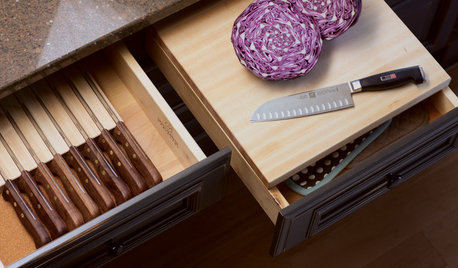
KITCHEN STORAGEKnife Shopping and Storage: Advice From a Kitchen Pro
Get your kitchen holiday ready by choosing the right knives and storing them safely and efficiently
Full Story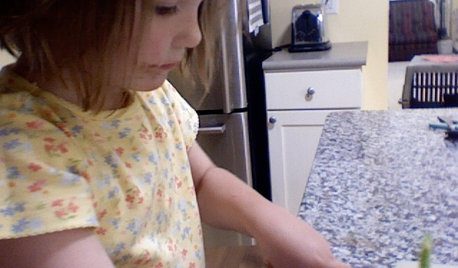
LIFEInviting Kids Into the Kitchen: Suggestions for Nurturing Cooks
Imagine a day when your child whips up dinner instead of complaining about it. You can make it happen with this wisdom
Full Story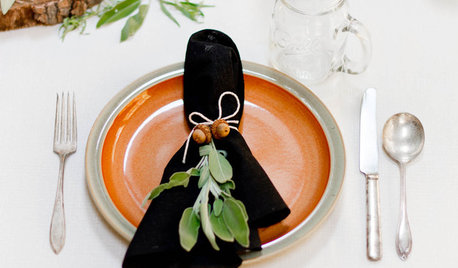

KITCHEN DESIGNHouzz Call: What’s Cooking in Your Kitchen?
Most of us turn to recipes, videos and culinary shows when we cook. Where do you set your cookbook, tablet or TV screen?
Full Story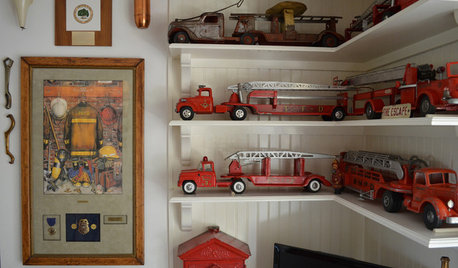
DECORATING GUIDESHouzz Call: What Home Collections Help You Feel Like a Kid Again?
Whether candy dispensers bring back sweet memories or toys take you back to childhood, we'd like to see your youthful collections
Full Story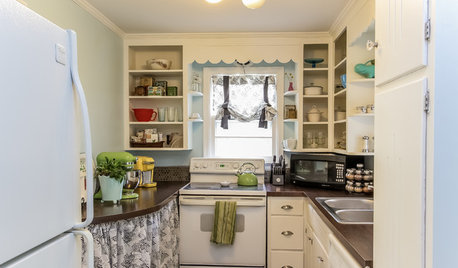
KITCHEN DESIGNShow Us Your Compact Kitchen
Do you have a tiny kitchen that works well for you? Post your pictures in the Comments
Full Story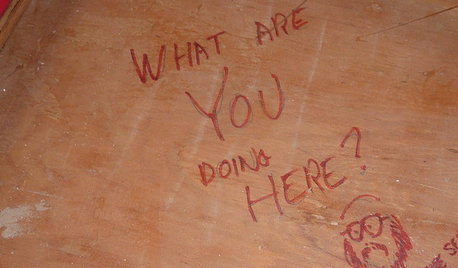
FUN HOUZZDoes Your Home Have a Hidden Message?
If you have ever left or found a message during a construction project, we want to see it!
Full Story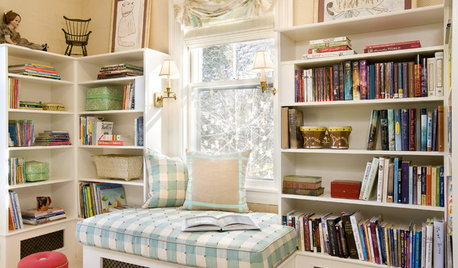
LIFEHouzz Call: What Makes Your House Feel Like Home?
Sometimes just one thing gives you that warm and fuzzy feeling. Let us know what it is for you
Full Story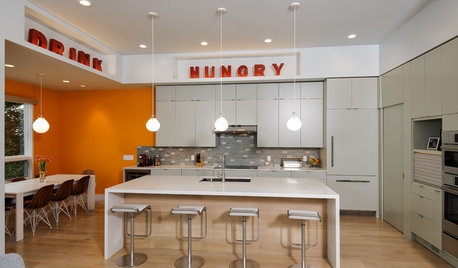
HOUZZ CALLShow Us the Best Kitchen in the Land
The Hardworking Home: We want to see why the kitchen is the heart of the home
Full Story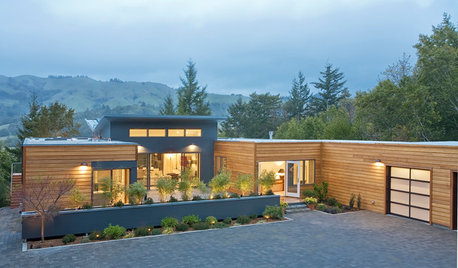
GREEN BUILDINGEfficient Architecture Suggests a New Future for Design
Homes that pay attention to efficient construction, square footage and finishes are paving the way for fresh aesthetic potential
Full Story



lindac
claire_de_luna
Related Discussions
What kind of knife sharpener do you like?
Q
Knife Blocks..where do you put them?
Q
what do you call this type of sofa?
Q
what do you call this type of curtain rod?
Q
arkansas girlOriginal Author
arkansas girlOriginal Author
Teresa_MN
alyssa_m
arkansas girlOriginal Author
dcarch7 d c f l a s h 7 @ y a h o o . c o m
Teresa_MN
arley_gw
arkansas girlOriginal Author
dirtundermyfingers
arkansas girlOriginal Author
foodonastump
dcarch7 d c f l a s h 7 @ y a h o o . c o m
arkansas girlOriginal Author
arkansas girlOriginal Author
foodonastump
John Liu
Fori
sffog
nandina
velamina
velamina
arkansas girlOriginal Author
arkansas girlOriginal Author
arley_gw
anoriginal
Lars
foodonastump
dcarch7 d c f l a s h 7 @ y a h o o . c o m
velamina
John Liu
foodonastump
hawk307
friedajune
dcarch7 d c f l a s h 7 @ y a h o o . c o m
hawk307
hawk307
friedajune
John Liu